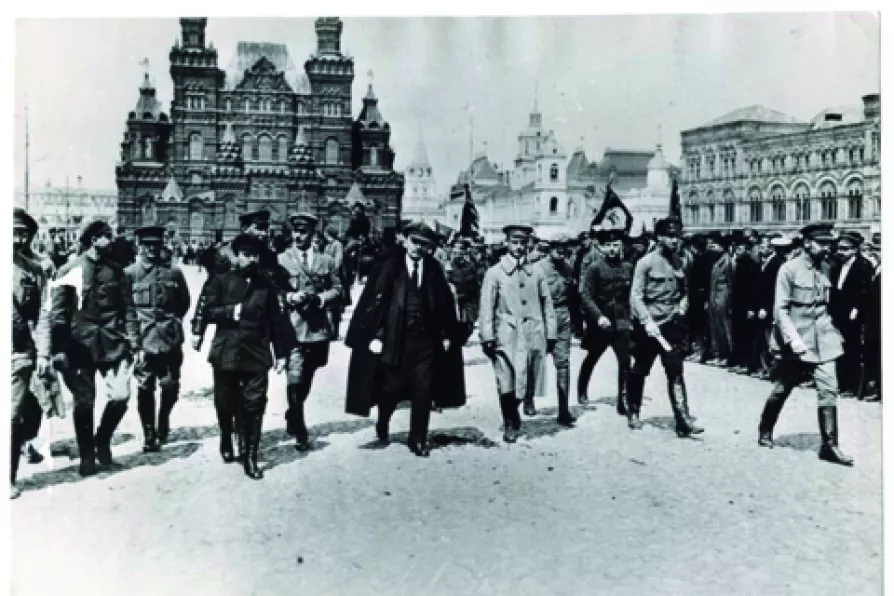Ten days after right-wing destabilisation attempts, Mexico’s leadership has emerged strengthened, securing historic labour and wage agreements, while opposition-backed protests have crumbled under scrutiny, says DAVID RABY


LENIN is commonly perceived solely as a revolutionary activist who applied Marxist theory to the practice of revolution — a successful one! However this is not the whole story. Lenin was an important theoretician who developed Marxist theory in three important and linked areas.
First, Lenin’s theoretical construction of the October Revolution itself. The two revolutions in 1917 were planned and executed through the combination of theory and practice. As George Lukacs put it, the October Revolution was the point at which “theory bursts into praxis.” This was not a spontaneous “uprising,” it was carefully planned in accordance with Marxist theory applied concretely to Russian reality.
Second, Lenin’s theory of imperialism. Lenin himself gave the briefest possible definition of imperialism as the monopoly stage of capitalism. “Imperialism is capitalism at that stage of development at which the dominance of monopolies and finance capital is established; in which the export of capital has acquired pronounced importance; in which the division of the world among the international trusts has begun, in which the division of all territories of the globe among the biggest capitalist powers has been completed.”

BEN CHACKO welcomes a masterful analysis that puts class struggle back at the heart of our understanding of China’s revolution













